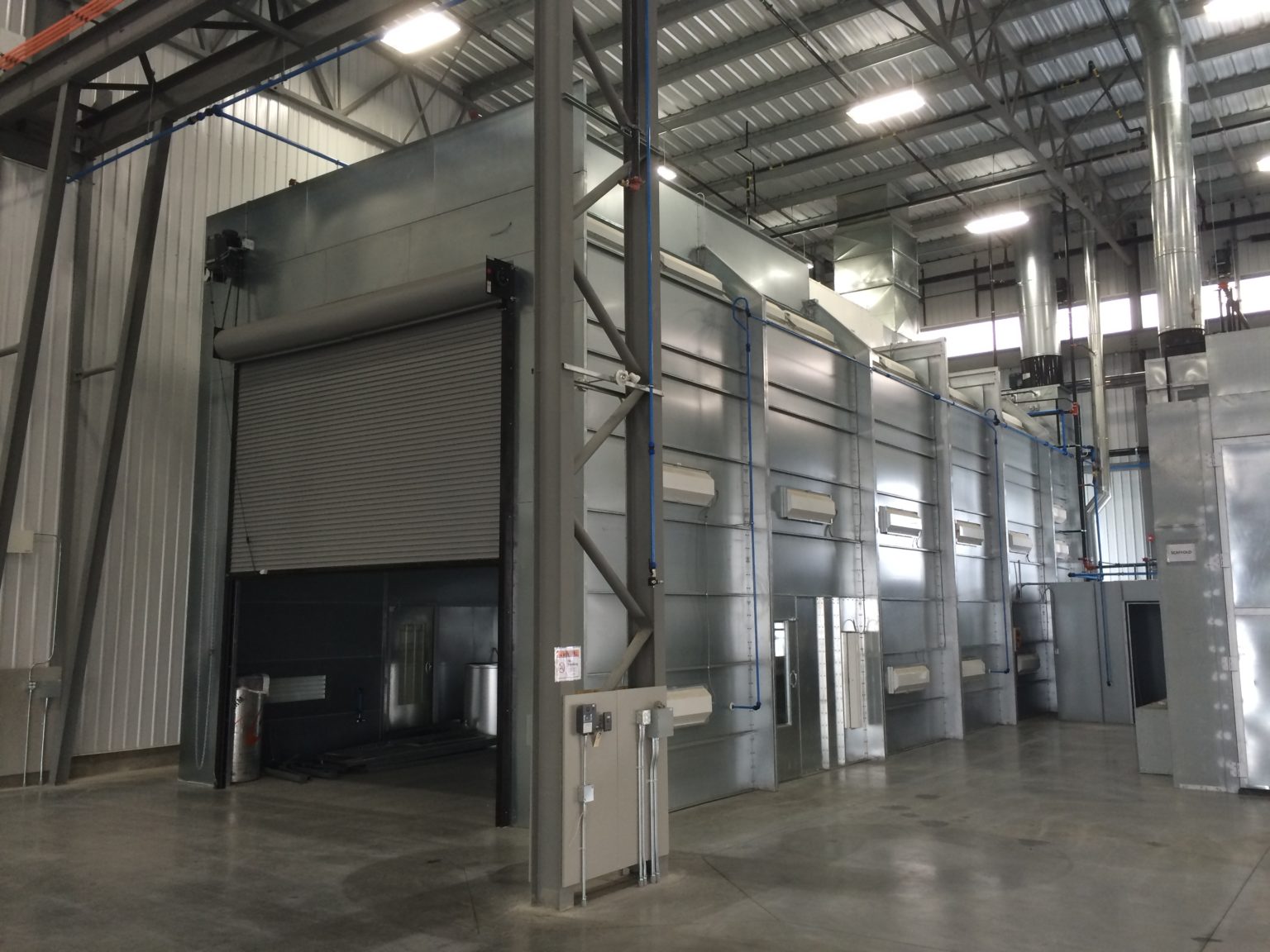When it comes to sandblasting, having the right equipment is crucial. Whether you are a professional contractor or a DIY enthusiast, choosing the right portable sand blaster can make all the difference in the success of your project.

1. Determine Your Needs
The first step in choosing the right portable sandblaster is to determine your specific needs. Ask yourself what types of projects you will be working on, the size of the surfaces you will be sandblasting, and the materials you will be working with.
2. Consider the Size
Portable sandblasters come in a range of sizes, from small handheld units to larger ones with wheels for easy transportation. Consider the size of the areas you will be working on and choose a sandblaster that is appropriate for the job.
3. Evaluate the Pressure and Airflow
The pressure and airflow of a portable sandblaster are important factors to consider. The pressure determines the force with which the abrasive material is propelled against the surface, while the airflow determines the volume of abrasive material that can be used. Higher pressure and airflow can result in faster and more efficient sandblasting.
4. Consider the Abrasive Material
The type of abrasive material you will be using is another important factor to consider when choosing a portable sandblaster. Different materials have different properties and are suitable for different applications. Common abrasive materials include sand, glass beads, aluminum oxide, and steel grit.
5. Look for Durability and Quality
When investing in a portable sandblaster, it is important to choose a durable and high-quality product. Look for sandblasters that are made from sturdy materials, such as steel, and have a solid construction.
Conclusion
Choosing the right portable sandblaster is essential for the success of your sandblasting projects. By determining your specific needs, considering the size, evaluating the pressure and airflow, choosing the right abrasive material, looking for durability and quality, considering the noise and dust output, evaluating the ease of use and maintenance, and setting a budget, you can make an informed decision.